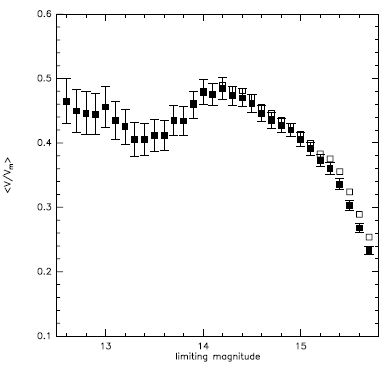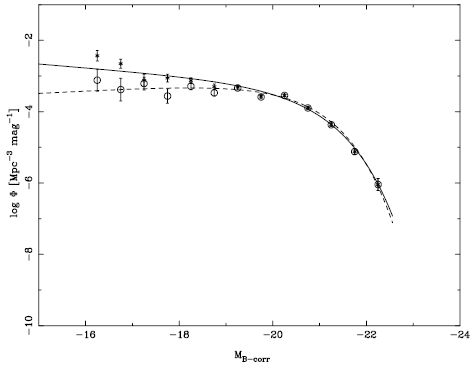Scientific Results
- Positions for CIG galaxies
- Redshift and distances
- Morphologies
- Isolation
- A catalogue of neighbours around isolated galaxies based on POSS I & II images
- Quantification of isolation based on POSS I & II images
- Revision of isolation criteria using the SDSS
- Effects of the environment on galaxies in the..
- Catalogues of isolated galaxies, isolated pairs, and isolated triplets..
- Star formation
- Optical specialization
- Radio continuum properties
- Atomic gas
- Isolated Galaxies
- Environment and faint features of CIG 96: deep optical and HI observations (2018)
- Atomic gas scaling relations (2018)
- A ∼12 kpc HI extension and other HI asymmetries in the isolated galaxy CIG 340 (2014)
- HI asymmetry in the isolated galaxy CIG 85 (2012)
- HI asymmetries in the isolated galaxy CIG 292 (2011)
- Asymmetries in isolated galaxies (2011)
- The large asymmetric HI envelope of CIG 96 (2005)
- Compact groups
- Studies of complementary samples
- Isolated Galaxies
- Molecular gas
- Nuclear activity
First optical specialization of the CIG
We undertaked the analysis of the global properties of the nearly redshift-complete CIG with emphasis on the Optical Luminosity Function (OLF) which we compare with other recent estimates of the OLF for a variety of environments.
The CIG redshift distribution for n = 956 galaxies re-enforces the evidence for a bimodal structure seen earlier in smaller samples. The peaks at redshift near 1500 and 6000 km/s, corresponding respectively to galaxies in the local supercluster and those in more distant large-scale components (particularly Perseus-Pisces). The two peaks in the redshift distribution are superimposed on 50% or more of the sample that is distributed in a much more homogeneous way. The CIG probably represents the most homogeneous local field example that has ever been compiled. We used the m> test (Schmidt 1968) to evaluate CIG sample completeness (Fig. 1).
Fig. 1 The test for the CIG sample excluding galaxies brighter than 11 mag. The open squares indicate the whole sample (n = 1031), and the filled square the subsample for which recession velocities are available (n = 937) and which are used in the following to construct the OLF. The error bars are given for the latter subsamples and are the statistical errors in the mean .
Fig. 1 shows the cumulative m> distribution as a function of limiting apparent magnitude. Results are presented for the complete sample (n = 1031) and the subsample for which recession velocities are available (n = 937), where galaxies brighter than 11 mag have been excluded. The difference between the two samples is small and only visible at fainter magnitudes where the sample becomes slightly more complete. Our test suggests that the CIG is surprisingly complete (between 80–95%) brighter than 15.0. The sample becomes rapidly less complete at fainter magnitudes. We therefore adopted m = 15.0 (m> = 0.41 for the sample with recession velocities) as the cutoff for inclusion in the sample used to derive the OLF. Hence the OLF has been calculated using n = 725 galaxies which corresponds to 734 galaxies with known distance and magnitudes in the range 11–15 mag minus 9 galaxies with very high or low luminosity excluded since they were scattered in bins containing a low number of galaxies.
We have obtained the optical luminosity function for CIG galaxies (Fig. 2) for which velocity information exists and with apparent magnitudes between 11 and 15 (n = 725). The Schechter fit to this sample is plotted as a solid line in Fig. 2. The dashed line corresponds to a fit to the same sample when galaxies with Vr < 1500 km/s are removed.
Our derivation of the CIG OLF is consistent with other studies of the OLF for lower density environments. This comparison via the Schechter parameter formalization shows that: 1) M* increases with galaxy surface density on the sky and 2) α shows a weaker tendency to do the same. The CIG represents the largest and most complete foundation for studies of isolated galaxies and is likely as close as we can come to a field sample.


